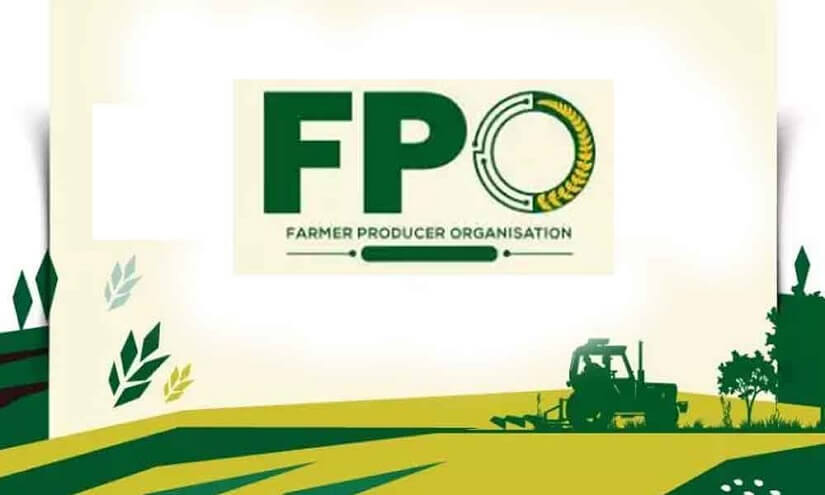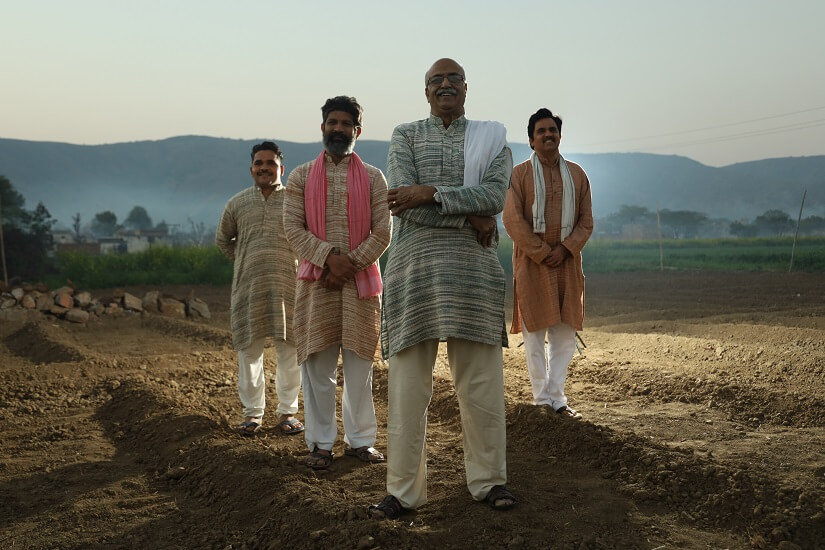Tracing the Trends: Collectivization in Indian Policy

Part of the conversation these days is whether collectivization as an organizing principle is productive in achieving the intended results.
We talk about Self-Help Groups (SHGs) and Farmer Producer Organizations (FPOs) and their role in mobilizing people into collectives, creating a community-driven playing field for business and production.
But do we know if these are effective? Should they be scaled further if positive results are visible? By what magnitude? Have we evaluated the spillover effects of collectivizing on the economy?
The answers to these apparently straightforward questions seem increasingly complicated once we begin to think about them. The most apparent approach to such questions is returning to the basics and beginning with definitions.
What is collectivization?
Stalin popularized collective farming in the 1930s. It basically meant that individually owned farmland was transferred to the state, but the labor, produce, and profits were shared among people farming on those lands.
For an idea that seemed to be such an obvious solution, it was severely opposed by private farmers in the Soviet Union, who, in their effort to protest forced participation, were evicted and sent to work camps or worse.
How did collectivization reappear in modern times, and how has it been operating?
In the age of democracy, collective ownership has become egalitarian and promoted working towards the collective good for collective profit. The idea is simple—you pool resources, knowledge, and labor to achieve the best outcome through better yield and profit. Farming collectives are a major example of a prominent manifestation of collectivization.
These units run as businesses with appointed CEOs and members to create sustainable profits and yield, even for small and marginal farmers who could not have produced a profitable yield by themselves.
Benefits and Drawbacks of FPOs
FPOs eliminate the need for intermediaries, thereby giving the producer a greater profit margin. When an FPO purchases bulk inputs, it allows for cost savings and allows them to acquire better-quality materials.
Other benefits include shared expertise, increased access to short- and long-term credit, shared labor, and accountability. Where there are pros, there must be cons. FPOs, like collectives, take away individual autonomy and make things dependent on other unit members. If, for example, a partner leaves the farming arrangement, the others could be left with unanticipated debt. Too many cooks spoil the broth is also applicable in this situation because one farmer may think capital must be used to purchase new equipment. At the same time, another believes it must be spent on repairing existing resources.
As we discussed, organized leadership is central to the success of any business, which is often not the case in FPOs. There can be a lack of managerial skills and knowledge, because of which the unit as a whole can suffer.
Now that we know the basics, we can move to understand the existing FPO landscape in India.
Many pilot programs by central and state governments have seen a positive reaction to FPOs over the decades, which is why it is now known as an “important strategy for enhancing farmers’ profits.” India is a largely agrarian nation composed of 86% farmers who operate on individual land below two hectares. This statistic makes FPOs the most feasible way for small and marginal farmers to collectivize and generate income sustainably.
Central and state governments are actively promoting and nurturing FPOs through grants and various provisions available to farmers under multiple programs, including NABARD and SFAC. Around 5000 FPOs exist in the country, formed under various initiatives. Having achieved such significant numbers, with the promise of more coming, should we then consider their effects and whether these investments are worth the effort?
Many compendiums of success stories have been collated over time to see the growth that FPOs facilitate for their members and the economy, one of which can be accessed here. Recent reports suggest that with existing systems, FPCs need a comprehensive evaluation to assess their financial health and sustainability. The model rests on the investments and efforts of the FPO members; however, small and marginal farmers, who constitute 70-80% of FPO (including FPCs), cannot be expected to contribute large sums as share capital.
Can we evaluate the sustainability of FPOs in the future?
With the way governing bodies are promoting FPOs, it’s evident they see value in this model. Drawbacks and improvements will always be part of the discourse, especially when constantly evolving factors like climate change and farming laws are considered.
What’s required is a grading model to measure the performance of these FPOs to see whether they will sustain themselves once the governing bodies take a step back. The success stories presented in favor of FPOs come from the sheer volume of farmers involved and the profits generated, but they lack insights that guide participation by small and marginal farmers—who makes the decisions, how is the capital invested, according to what norms, set up by whom, whether there is an adequate representation of all members of the FPO, and whether these models can be scaled for better profitability for all members involved. These are questions that only a thorough analysis of existing FPOs can answer.
Only by asking such questions and seeking ways to answer them can we determine the success of this form of collectivization.
References:
https://tci.cornell.edu/wp-content/uploads/2021/08/TARINA-Policy_Brief_No.15.pdf
https://www.manage.gov.in/publications/eBooks/role%20of%20FPOs.pdf
Aishwarya Bhatia, Sambodhi



